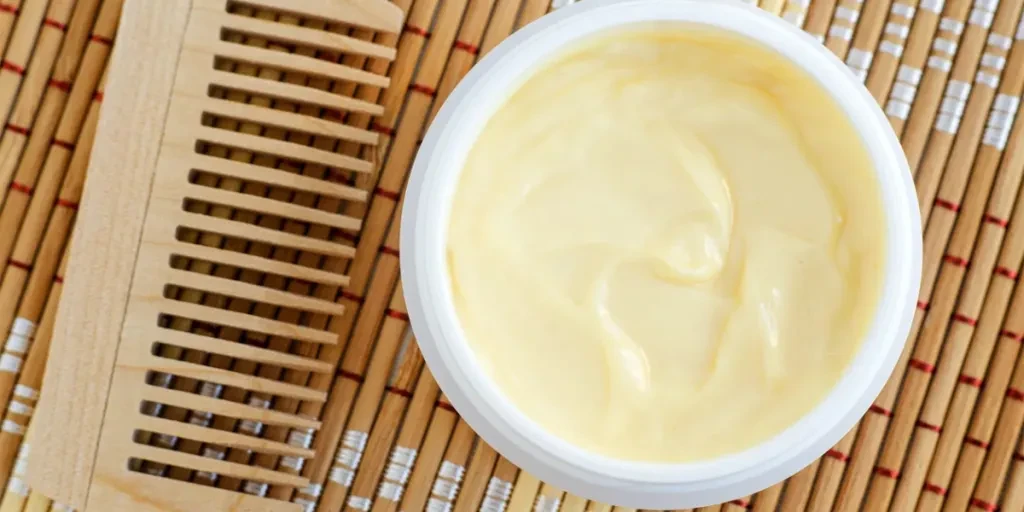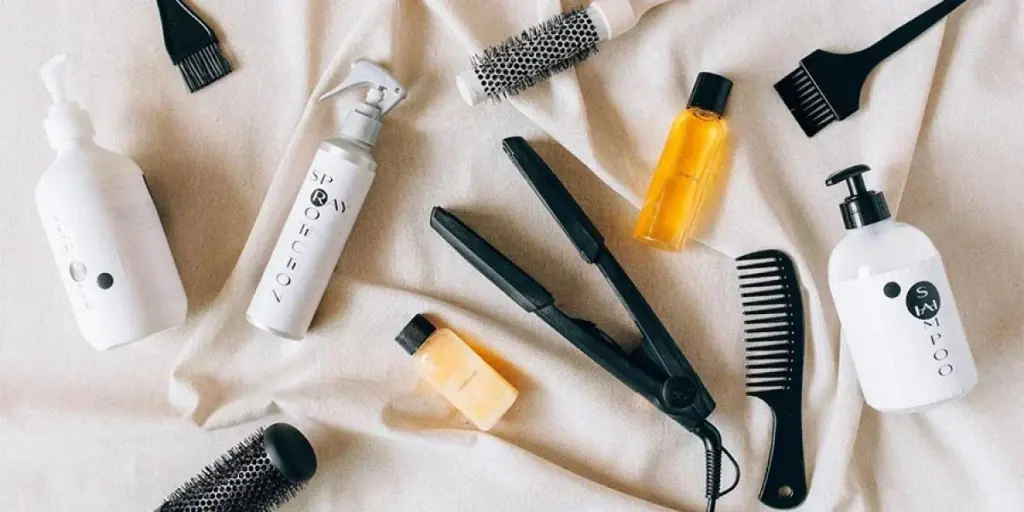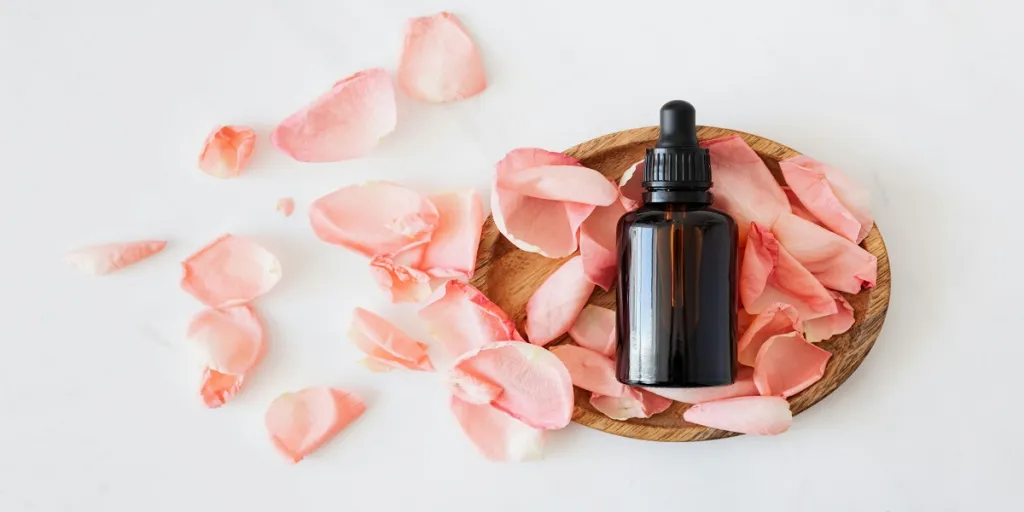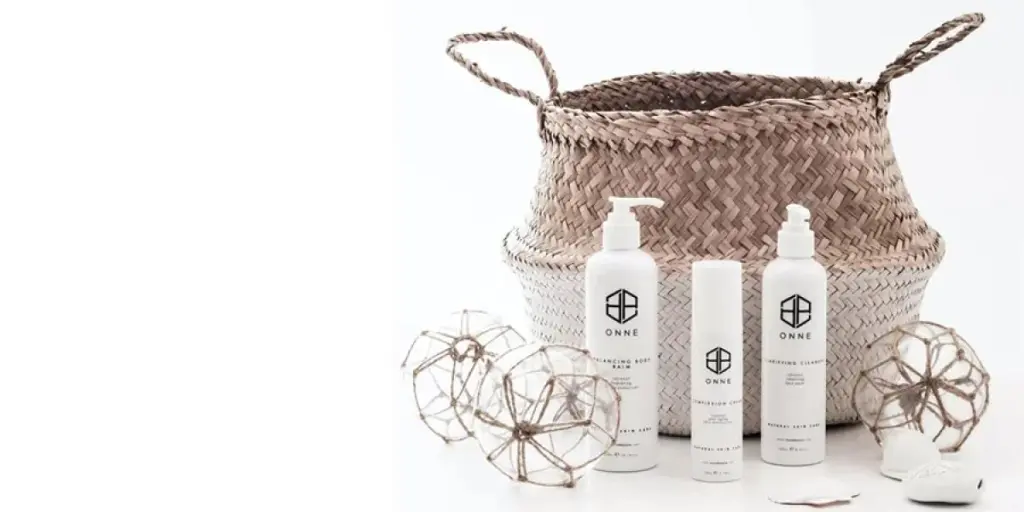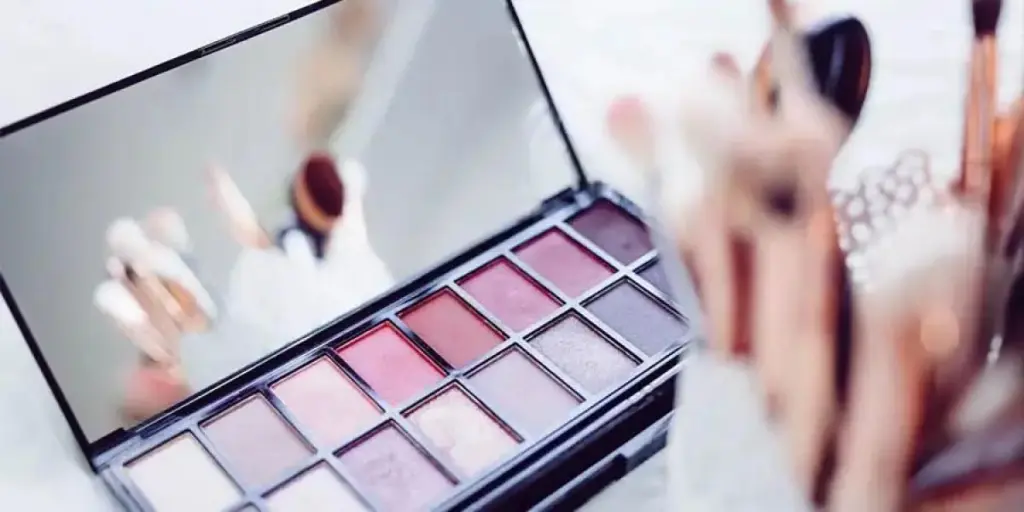In the ever-evolving landscape of beauty and personal care, hair treatment creams have emerged as a pivotal product category, capturing the attention of both consumers and industry professionals. As we step into 2025, the demand for these creams is surging, driven by a blend of social media trends, technological advancements, and a growing emphasis on holistic beauty and wellness. This guide delves into the factors propelling the popularity of hair treatment creams and offers insights into sourcing these products effectively.
Table of Contents:
– Understanding the Surge in Popularity of Hair Treatment Creams
– Exploring the Diverse Range of Hair Treatment Creams
– Addressing Common Consumer Pain Points with Hair Treatment Creams
– Key Factors to Consider When Sourcing Hair Treatment Creams
– Wrapping Up: Key Takeaways for Sourcing Hair Treatment Creams
Understanding the Surge in Popularity of Hair Treatment Creams
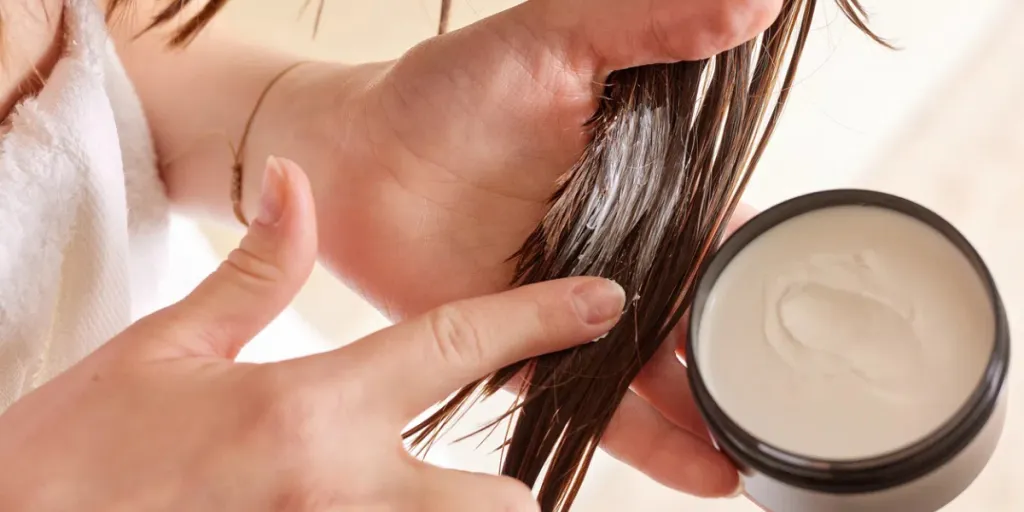
What Makes Hair Treatment Creams a Hot Commodity?
Hair treatment creams have become indispensable in the beauty routines of many, thanks to their multifunctional benefits. These creams are designed to address a myriad of hair concerns, from dryness and frizz to damage and split ends. The global hair care market, estimated to reach USD 107.31 billion by 2029, is witnessing a steady consumer shift towards premium and luxury hair care brands. This shift is fueled by an improved quality of life and the impact of beauty and personal care on self-esteem and social connections. Additionally, technological advancements in hair care formulations, such as novel antibacterial materials and fiber strengthening, have further boosted the appeal of hair treatment creams.
Social Media Trends Driving Demand
The influence of social media on beauty trends cannot be overstated. Platforms like Instagram and TikTok have become breeding grounds for beauty influencers and hair care enthusiasts who share their hair care routines and product recommendations. Hashtags such as #HairGoals, #CurlyHairRoutine, and #NaturalHairCare have garnered millions of views, creating a ripple effect that drives consumer interest and demand for hair treatment creams. These platforms have also facilitated the rise of DIY hair care tutorials, where users demonstrate the effectiveness of various hair treatment creams, further cementing their popularity.
Aligning with Broader Beauty and Wellness Trends
The broader beauty and wellness trends of 2025 are characterized by a heightened awareness of natural and organic products. Consumers are increasingly seeking hair treatment creams that are free from harmful chemicals and enriched with natural ingredients like argan oil, keratin, and plant-based extracts. According to a report by Research and Markets, the demand for natural and organic hair care products is on the rise, driven by growing consumer awareness about the adverse effects of synthetic ingredients. This trend is further amplified by celebrity endorsements and the increasing availability of clean-label products.
Moreover, the convenience of multifunctional hair care products that address multiple concerns in one application is highly appreciated by consumers. This aligns with the broader trend of streamlined beauty routines, where efficiency and effectiveness are paramount. The rising need for products that repair and nourish damaged hair, exacerbated by the excessive use of heat styling tools and exposure to environmental stressors, is also contributing to the growth of the hair treatment cream market.
In conclusion, the popularity of hair treatment creams in 2025 is a result of a confluence of factors, including social media influence, technological advancements, and a shift towards natural and holistic beauty solutions. For business buyers looking to source these products, understanding these trends and consumer preferences is crucial to making informed decisions and capitalizing on the growing demand.
Exploring the Diverse Range of Hair Treatment Creams
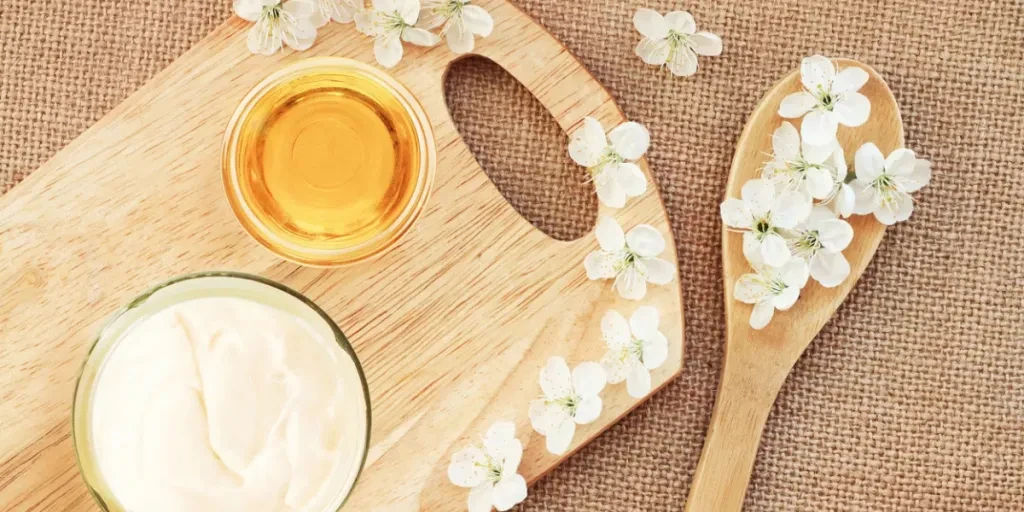
Analyzing Ingredients for Maximum Effectiveness
When sourcing hair treatment creams, understanding the ingredients is paramount. Ingredients such as shea butter, aloe vera, jojoba oil, and argan oil are increasingly popular due to their natural properties and effectiveness. According to a report by Research and Markets, there is a strong emphasis on natural ingredients within hair care products, particularly in regions like South Africa. These ingredients are known for their moisturizing and nourishing properties, which help in repairing damaged hair and promoting overall hair health.
Shea butter, for instance, is rich in vitamins A and E, which are essential for maintaining healthy hair. It provides deep hydration and helps in reducing scalp irritation. Aloe vera, on the other hand, is known for its soothing properties and ability to promote hair growth by improving blood circulation to the scalp. Jojoba oil closely mimics the natural oils produced by the scalp, making it an excellent moisturizer that does not leave a greasy residue. Argan oil, often referred to as ‘liquid gold,’ is packed with antioxidants, essential fatty acids, and vitamin E, which help in restoring the hair’s natural shine and softness.
Pros and Cons of Popular Product Types
Hair treatment creams come in various formulations, each with its own set of advantages and disadvantages. Leave-in conditioners, for example, are designed to be applied to damp hair and left in without rinsing. They provide continuous hydration and protection throughout the day. However, they may not be suitable for all hair types, particularly those with very fine hair, as they can sometimes weigh the hair down.
Deep conditioning masks are another popular type of hair treatment cream. These are typically used once a week and left on the hair for an extended period to provide intense hydration and repair. While they are highly effective for dry and damaged hair, they can be time-consuming to use and may not be necessary for those with healthy hair.
Heat protectant creams are essential for individuals who frequently use heat styling tools. These creams form a protective barrier around the hair shaft, preventing damage from high temperatures. However, they may contain silicones, which can build up on the hair over time and require clarifying shampoos to remove.
Consumer Feedback and Preferences
Consumer feedback plays a crucial role in determining the effectiveness and popularity of hair treatment creams. According to a professional report, consumers are increasingly seeking products that offer multiple benefits, such as hydration, repair, and protection. Products that contain natural and organic ingredients are particularly favored, as they are perceived to be safer and more effective.
Consumers also prefer products that are easy to use and fit seamlessly into their daily routines. Leave-in conditioners and heat protectant creams are popular for this reason, as they do not require additional rinsing or lengthy application times. Additionally, products that offer visible results, such as improved shine and reduced frizz, tend to receive higher ratings and repeat purchases.
Addressing Common Consumer Pain Points with Hair Treatment Creams
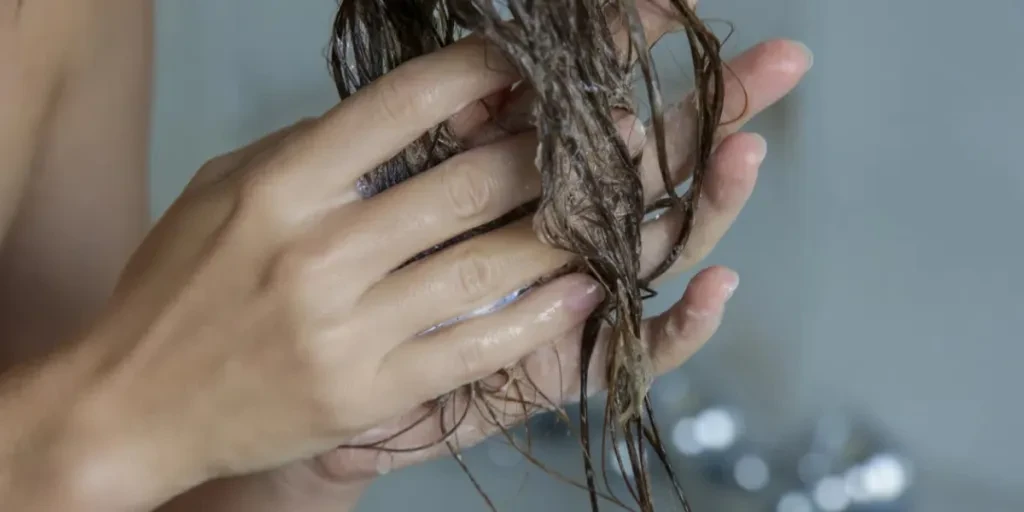
Solutions for Hair Damage and Repair
Hair damage is a common concern among consumers, often caused by excessive heat styling, chemical treatments, and environmental stressors. Hair treatment creams formulated with ingredients like keratin, biotin, and collagen can help repair and strengthen damaged hair. Keratin, a protein naturally found in hair, helps to rebuild the hair’s structure and reduce breakage. Biotin, also known as vitamin B7, supports hair growth and improves hair thickness. Collagen, another protein, helps to maintain the hair’s elasticity and prevent split ends.
Innovative formulations that incorporate these ingredients are gaining popularity. For instance, products like the Fekkai Brilliant Glossing Styling Crème, which has been revived with its original formulation, cater to consumers’ nostalgia while providing effective hair repair solutions. This trend of reviving classic products with proven formulations highlights the importance of ingredient efficacy in addressing hair damage.
Tackling Issues of Hair Frizz and Smoothness
Frizz is a major pain point for many consumers, particularly those with curly or wavy hair. Hair treatment creams that contain smoothing agents like silicones, oils, and butters can help tame frizz and provide a sleek, smooth finish. Silicones, such as dimethicone, form a protective layer around the hair shaft, locking in moisture and preventing humidity from causing frizz. However, it is important to balance the use of silicones with other nourishing ingredients to avoid buildup.
Natural oils like argan oil and coconut oil are also effective in reducing frizz and adding shine. These oils penetrate the hair shaft, providing deep hydration and smoothing the hair cuticle. Products like Ouai’s Hair Gloss, which uses rice water and hyaluronic acid, offer a combination of hydration and frizz control, making them popular among consumers seeking smooth, manageable hair.
Innovations in Hair Treatment Formulations
The hair care industry is continuously evolving, with new formulations and technologies being introduced to address common hair concerns. One notable innovation is the use of multifunctional products that offer multiple benefits in a single application. For example, Briogeo’s Style + Treat™ Collection features products that provide heat protection, curl definition, and volume enhancement, catering to various hair care needs with a single formula.
Another innovation is the incorporation of advanced ingredients like multi-molecular hyaluronic acid, which provides long-lasting hydration and supports scalp health. Products like Act+Acre’s Daily Hydro Scalp Serum utilize this ingredient to deliver intense hydration and soothe dry, irritated scalps. This trend towards scalp care highlights the growing recognition of the importance of a healthy scalp in maintaining overall hair health.
Key Factors to Consider When Sourcing Hair Treatment Creams
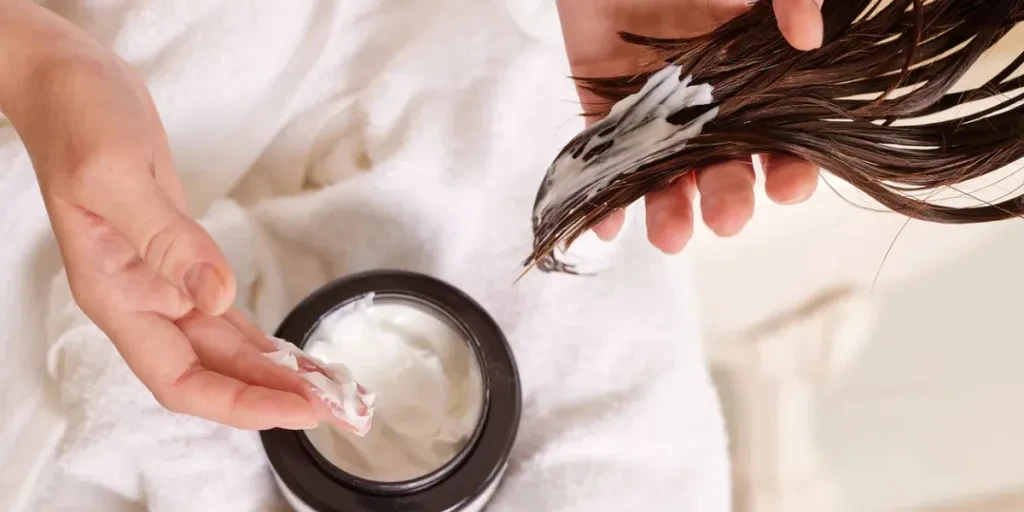
Evaluating Product Quality and Safety Standards
When sourcing hair treatment creams, it is essential to evaluate the quality and safety standards of the products. This includes ensuring that the products are free from harmful chemicals such as parabens, sulfates, and formaldehydes. According to a report by Research and Markets, there is a growing demand for natural and organic hair care products, driven by increasing consumer awareness of the harmful effects of synthetic ingredients.
Manufacturers should also adhere to local regulatory standards and obtain necessary certifications to ensure product safety. For instance, products that are dermatologically tested and approved by relevant authorities are more likely to gain consumer trust and acceptance. Additionally, sourcing products from reputable suppliers with a track record of quality and safety can help mitigate risks and ensure consistent product performance.
Understanding Packaging and Branding Importance
Packaging and branding play a crucial role in the success of hair treatment creams. Attractive and functional packaging can enhance the consumer experience and differentiate the product from competitors. For example, products that come in easy-to-use pump bottles or tubes are more convenient for consumers and reduce product wastage.
Branding is equally important, as it helps to build consumer trust and loyalty. Brands that emphasize their commitment to sustainability, such as using recyclable packaging and eco-friendly ingredients, are likely to resonate with environmentally conscious consumers. Additionally, clear and informative labeling that highlights the product’s benefits and key ingredients can help consumers make informed purchasing decisions.
Price Points and Supplier Reliability
Price is a significant factor for business buyers when sourcing hair treatment creams. It is important to strike a balance between cost and quality to ensure that the products offer good value for money. According to a professional report, the availability and affordability of hair care products are key drivers of market growth.
Supplier reliability is another critical consideration. Working with reliable suppliers who can consistently deliver high-quality products on time is essential for maintaining inventory levels and meeting consumer demand. Establishing strong relationships with suppliers and conducting regular audits can help ensure that the products meet the required standards and specifications.
Wrapping Up: Key Takeaways for Sourcing Hair Treatment Creams
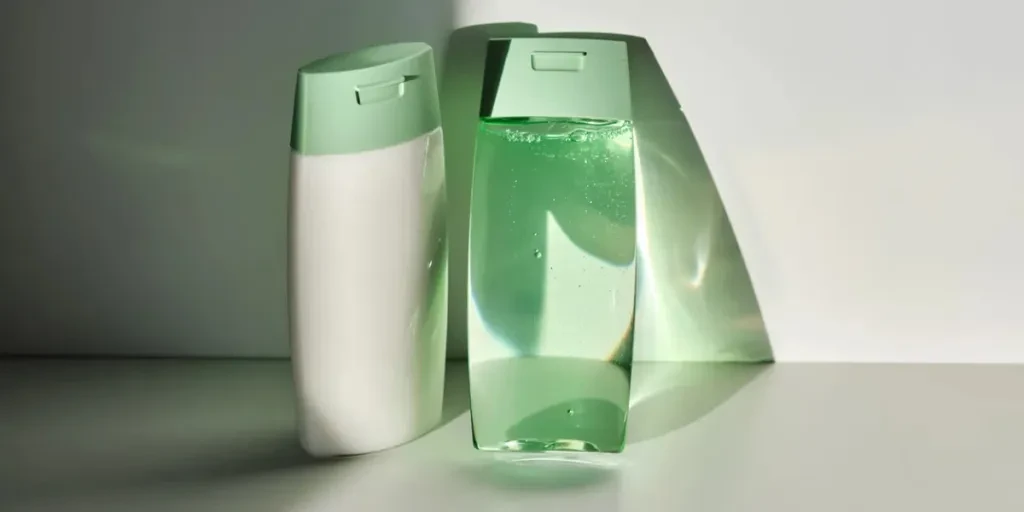
In conclusion, sourcing hair treatment creams requires a thorough understanding of the ingredients, product types, and consumer preferences. Business buyers should prioritize products that contain natural and effective ingredients, offer multiple benefits, and adhere to high quality and safety standards. Additionally, attractive packaging, strong branding, and competitive pricing are essential factors that can influence purchasing decisions. By focusing on these key considerations, business buyers can ensure that they source high-quality hair treatment creams that meet the needs of their consumers and drive market success.
